16 Of America’s Greatest Cities Now Threatened By Overtourism
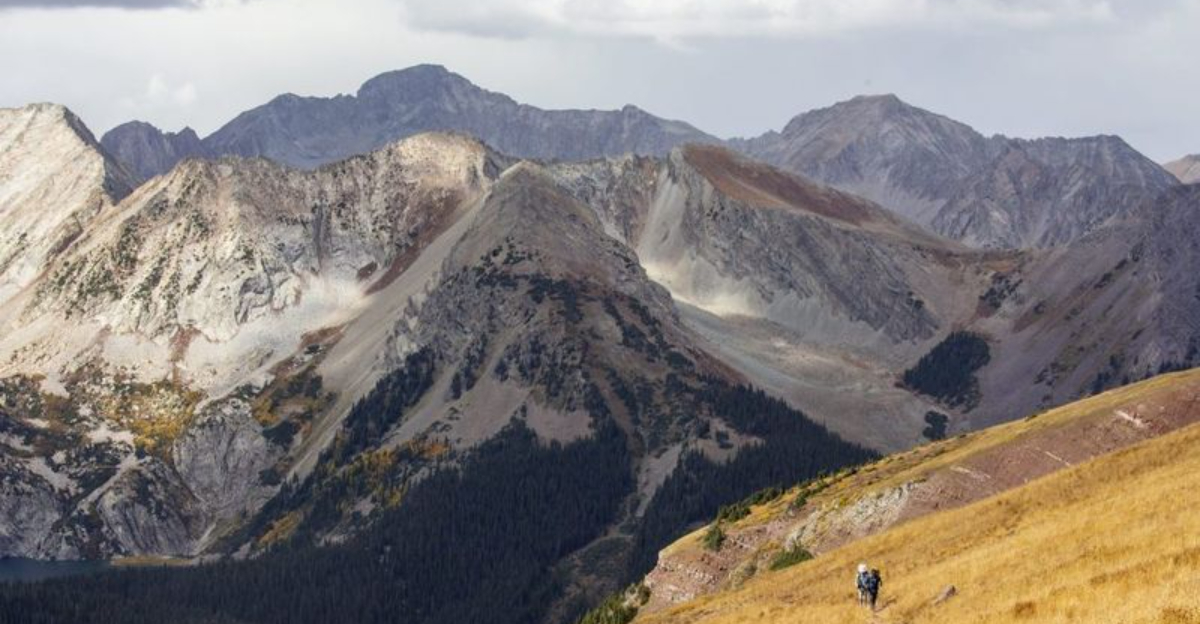
America’s favorite cities are at a breaking point. What started as a celebration of culture, history, and charm has, in many places, spiraled into overcrowded streets, soaring rent, and a slow erasure of what made these places special in the first place.
Tourism, once a lifeline for local economies, is now reshaping neighborhoods, pricing out residents, and replacing authenticity with souvenir shops.
As visitors flood in, the soul of these cities risks being lost. Here’s a closer look at how overtourism is quietly undoing the magic of America’s most iconic destinations.
1. San Francisco, California

When you think of San Francisco, you probably picture the Golden Gate Bridge and charming cable cars. However, the city now struggles with over 25 million annual visitors who create massive congestion on Lombard Street and Fisherman’s Wharf.
Local residents can barely afford to live in their own neighborhoods anymore. Housing costs have exploded partly due to short-term rentals catering to tourists. The authentic character of neighborhoods like the Mission District is disappearing as local businesses close to make room for tourist shops.
If you’re planning a visit, consider exploring lesser-known areas like the Richmond District or Sunset neighborhoods to help distribute tourist impact more evenly.
2. New York City, New York
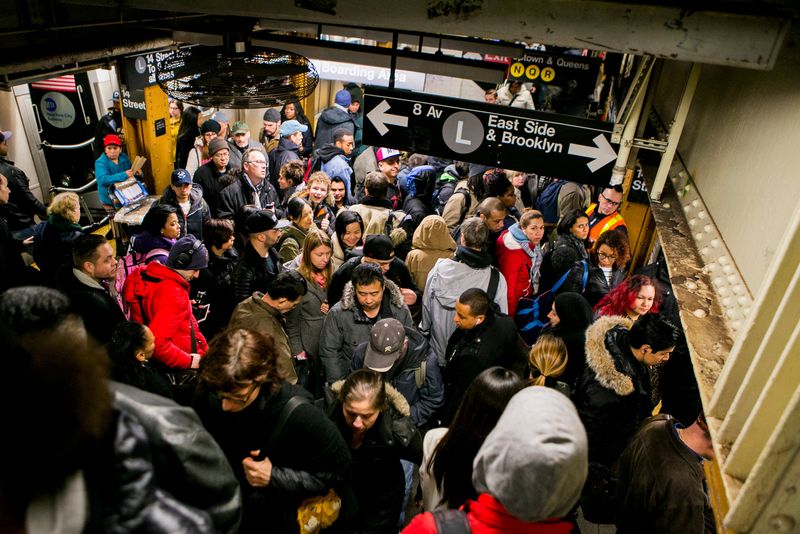
Did you know that New York City receives over 65 million visitors each year? Times Square alone sees 330,000 pedestrians daily, creating human traffic jams that make simple walking nearly impossible.
The subway system, already strained, buckles under tourist luggage and confused visitors blocking doorways. Popular attractions like the High Line and Brooklyn Bridge become so crowded that safety concerns arise regularly.
Manhattan residents increasingly avoid their own neighborhoods during peak tourist seasons. The city’s infrastructure wasn’t designed for this volume of visitors, leading to longer wait times, higher prices, and frustrated locals who feel like strangers in their own city.
3. Charleston, South Carolina
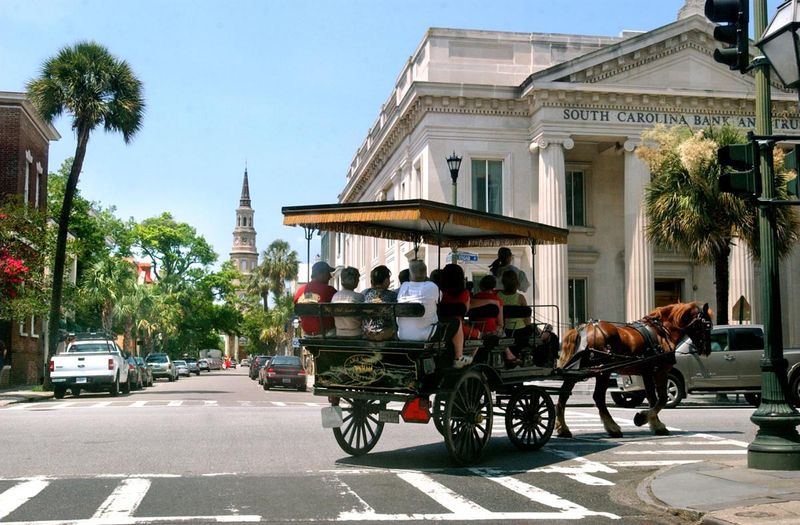
Charleston’s historic charm attracts millions who come to see antebellum architecture and Southern hospitality. Unfortunately, the city’s narrow cobblestone streets weren’t built for modern tourism levels, creating bottlenecks that disrupt daily life.
Horse-drawn carriage tours now operate almost continuously, leaving waste and creating traffic problems. The historic district has become so commercialized that many longtime residents have moved away, unable to afford rising property costs.
Local businesses struggle to serve community needs when tourist-focused shops dominate the market. The city’s delicate ecosystem and historic buildings suffer from the constant foot traffic and pollution that comes with mass tourism.
4. Savannah, Georgia

Savannah’s 24 historic squares and moss-draped oak trees create a magical atmosphere that draws over 14 million visitors annually. However, this popularity threatens the very tranquility that makes the city special.
Ghost tours and trolley rides run constantly, disturbing residents trying to enjoy their neighborhoods. The city’s infrastructure struggles with the influx, particularly during peak seasons when hotel rooms become scarce and restaurant wait times stretch for hours.
Many historic homes have been converted to short-term rentals, pushing out families who have lived in these neighborhoods for generations. The authentic Southern culture is gradually being replaced by tourist-focused entertainment that prioritizes profit over preservation.
5. Key West, Florida
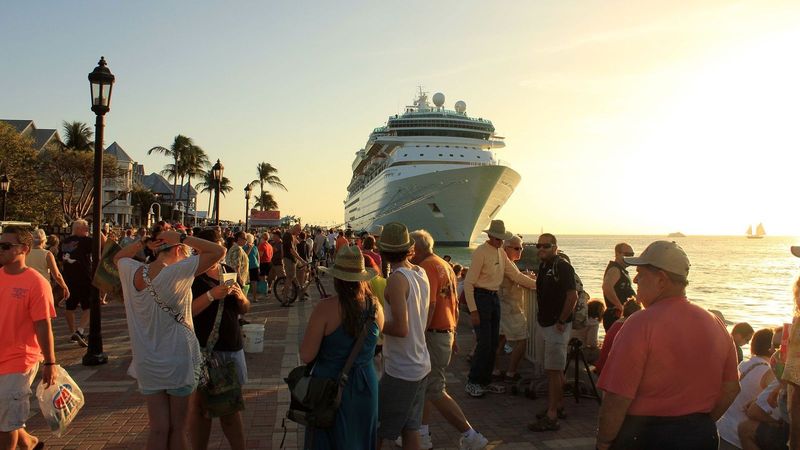
The charm of Key West’s sunsets now battles with the chaos of overtourism, as cruise ships unload thousands into the narrow streets and already overburdened Mallory Square.
Local roads become gridlocked with rental cars and tour buses. The island’s fragile ecosystem suffers from pollution and overcrowding, while housing costs have skyrocketed beyond what most locals can afford.
The authentic island culture is disappearing as chain restaurants and souvenir shops replace local businesses. Many longtime residents have been forced to move to the mainland, leaving behind the community that created Key West’s unique character.
6. Nashville, Tennessee
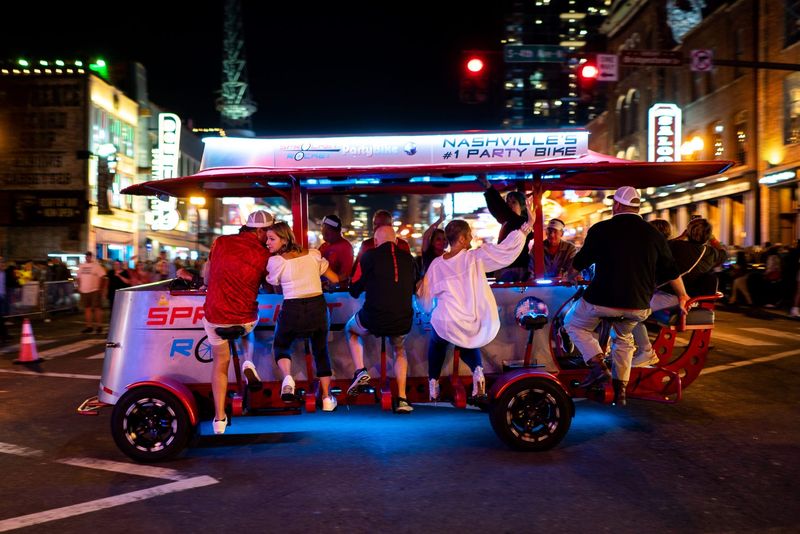
What began as a pilgrimage site for music lovers has morphed into a tourist-fueled spectacle where authenticity plays second fiddle to spectacle.
Pedal taverns and party buses clog downtown streets while bachelor and bachelorette parties overwhelm local venues. The city receives over 16 million visitors annually, straining everything from parking to restaurant capacity.
Local musicians struggle to find affordable housing as short-term rentals dominate the market. The city’s music heritage risks becoming commercialized entertainment rather than the authentic artistic expression that originally attracted visitors. Traffic congestion has become so severe that residents avoid downtown entirely during peak tourist seasons.
7. Portland, Oregon
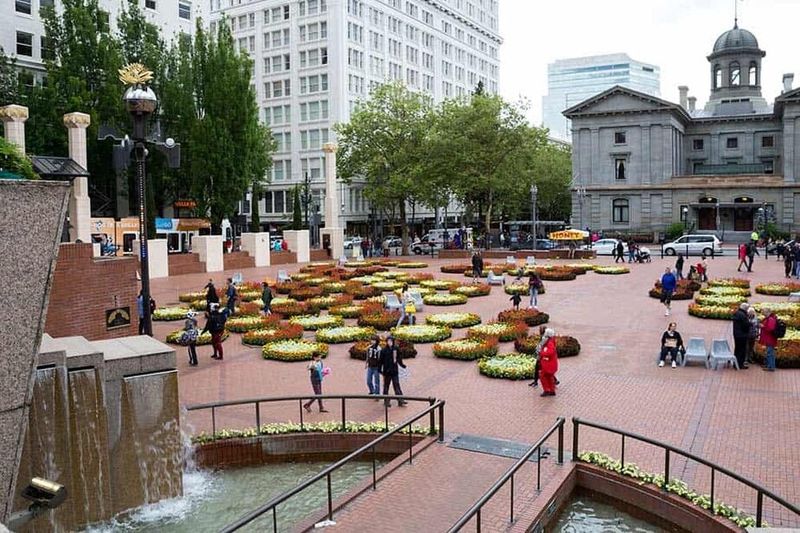
As more visitors flock to Portland in search of “realness,” the city struggles to preserve its laid-back soul amid relentless development and cultural shifts.
Popular attractions like Powell’s Books and food truck pods become so crowded that locals can’t enjoy their own city’s offerings. The slogan “Keep Portland Weird” feels increasingly ironic as chain businesses move in to serve tourist demands.
Housing costs have skyrocketed, pushing out the artists and creatives who made Portland special. The city’s environmental values clash with the carbon footprint of millions of visitors arriving by plane and car. Many neighborhoods have lost their authentic character to tourist-focused development.
8. Asheville, North Carolina
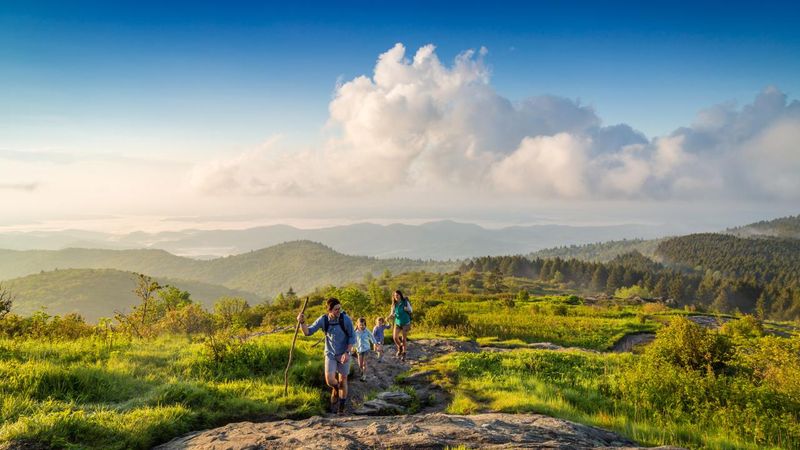
What began as a haven for nature lovers and beer enthusiasts has turned Asheville into a tourism hotspot struggling to keep pace with demand.
Popular hiking trails become overcrowded and damaged by heavy foot traffic. Downtown breweries and restaurants face constant crowds, making it difficult for locals to enjoy their own community spaces.
The city’s affordable housing crisis has worsened as properties convert to short-term rentals. Local artists and musicians who created Asheville’s creative culture can no longer afford to live there. The Blue Ridge Parkway and surrounding natural areas suffer from increased pollution and trail erosion caused by the tourism boom.
9. Austin, Texas
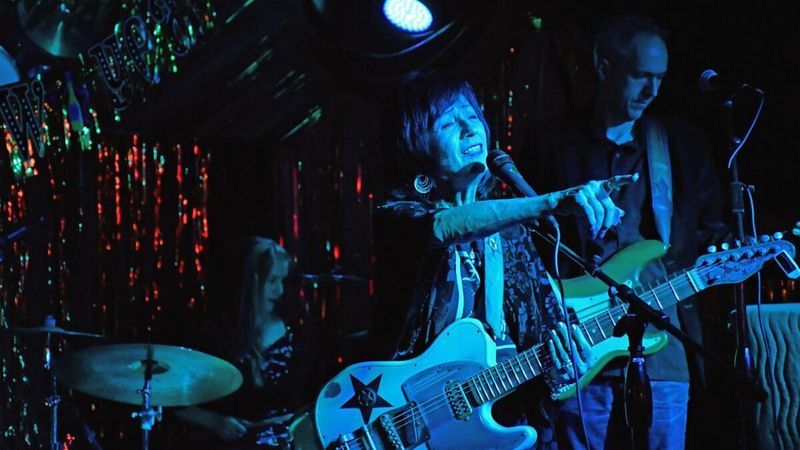
Austin’s music festivals and food culture have created a tourism boom that threatens the city’s “Keep Austin Weird” identity. South by Southwest and other events bring hundreds of thousands of visitors who overwhelm the city’s infrastructure.
Traffic congestion has become legendary, with visitors unfamiliar with local roads contributing to gridlock. Popular areas like South Lamar and East Austin have gentrified rapidly, pushing out longtime residents and local businesses.
The live music scene that made Austin famous struggles as venues cater to tourists rather than supporting local artists. Housing costs have exploded, forcing many musicians and creatives to leave the city. The authentic Texas culture is being replaced by tourist-friendly attractions that prioritize profit over community.
10. Boston, Massachusetts
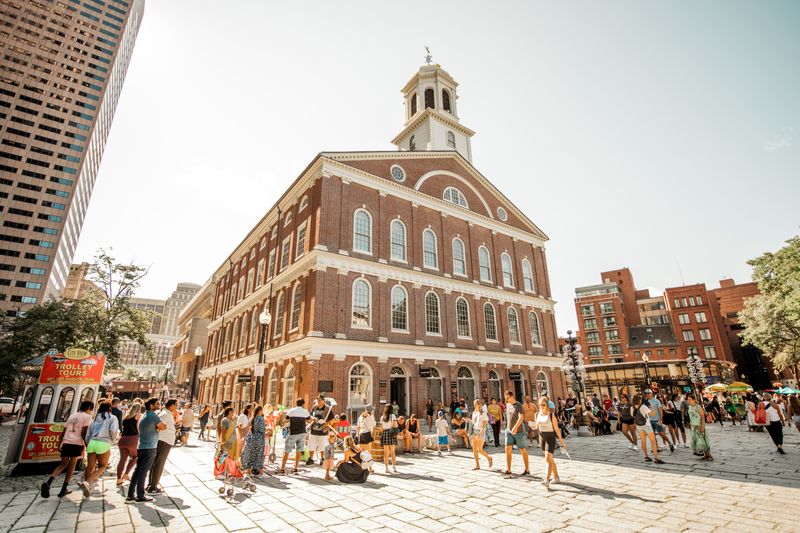
From Paul Revere’s house to Faneuil Hall, Boston tells America’s story — but the tale unfolds amid bottlenecks and congestion on its narrow, outdated streets.
Popular attractions like Faneuil Hall and the North End become so crowded that emergency vehicles struggle to navigate the streets. Tour groups block sidewalks and historic sites, making it difficult for residents to move through their own neighborhoods.
The city’s parking shortage becomes acute during peak tourist seasons. Local restaurants and shops face pressure to cater to tourists rather than serve community needs. Boston’s authentic character risks being overshadowed by commercialized historical attractions that prioritize entertainment over education.
11. Miami, Florida

The charm of Miami Beach’s pastel façades and oceanfront parties fades quickly when streets and sands are packed shoulder-to-shoulder in high season.
Ocean Drive becomes a pedestrian nightmare with slow-moving crowds of tourists taking photos. Local beaches lose their appeal for residents who can’t find space to enjoy their own coastline.
The city’s infrastructure struggles with the influx, from overwhelmed public transportation to strained water and waste systems. Housing costs have skyrocketed as short-term rentals dominate the market. Miami’s authentic Latin culture is being commercialized and packaged for tourists, losing its genuine character in the process.
12. Seattle, Washington
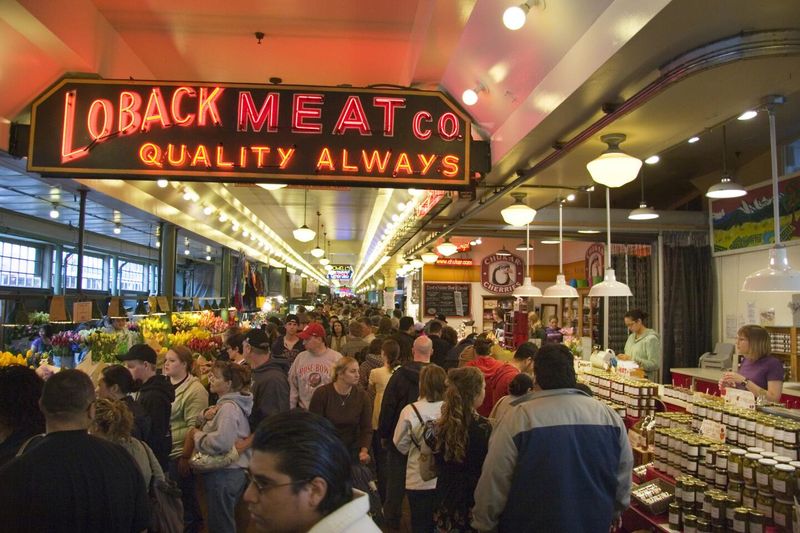
Seattle’s coffee culture and Pike Place Market have become tourist magnets that overwhelm the city’s laid-back Pacific Northwest vibe. The market’s narrow aisles become dangerously crowded with visitors seeking the “authentic” Seattle experience.
Popular neighborhoods like Capitol Hill and Fremont struggle with tourist buses and crowds that disrupt local life. The city’s famous coffee shops face constant lines of visitors taking photos rather than enjoying the community atmosphere.
Housing costs have exploded partly due to short-term rental conversions, pushing out the artists and musicians who created Seattle’s creative culture. The city’s environmental values clash with the carbon footprint of millions of tourists. Local businesses find it increasingly difficult to serve community needs when tourist demands dominate the market.
13. Las Vegas, Nevada
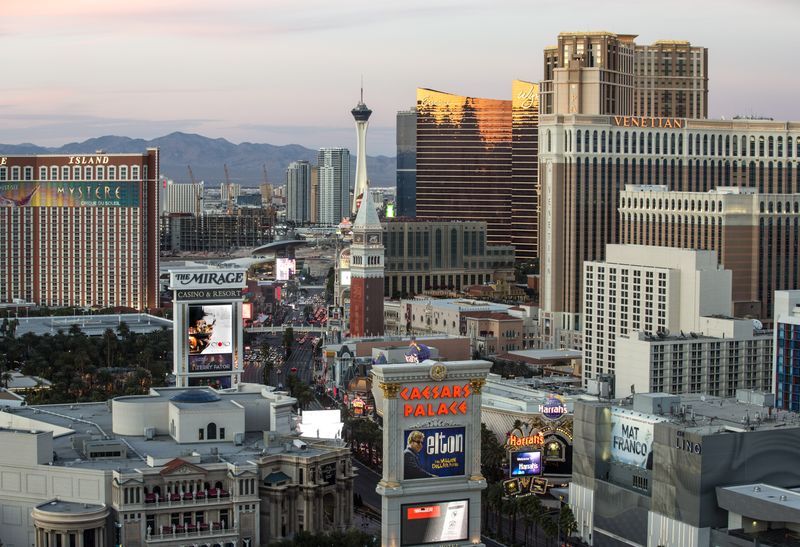
What once symbolized carefree escape, Las Vegas now contends with the pressures of nonstop crowds and dwindling desert resources stretched thin by mass tourism.
Water consumption reaches critical levels as hotels and attractions serve millions in a desert environment. Traffic congestion extends far beyond the Strip, affecting local residents trying to navigate their own city.
The city’s rapid growth has outpaced infrastructure development, leading to overcrowded roads, restaurants, and attractions. Local neighborhoods face pressure from tourist spillover, while housing costs rise due to short-term rental conversions. Even a city designed for visitors can reach a breaking point when tourism growth exceeds sustainable levels.
14. New Orleans, Louisiana

Beneath the music and Mardi Gras beads, New Orleans grapples with the challenge of preserving its heritage amid relentless tourism.
The French Quarter has become so commercialized that authentic local culture is disappearing. Bourbon Street resembles a theme park more than a genuine cultural district, with chain restaurants replacing local establishments.
Hurricane recovery efforts are complicated by tourism infrastructure needs competing with resident housing priorities. The city’s delicate ecosystem and historic buildings suffer from constant foot traffic and party-related damage. Many longtime residents have been priced out of their own neighborhoods by short-term rental conversions catering to tourists.
15. Denver, Colorado
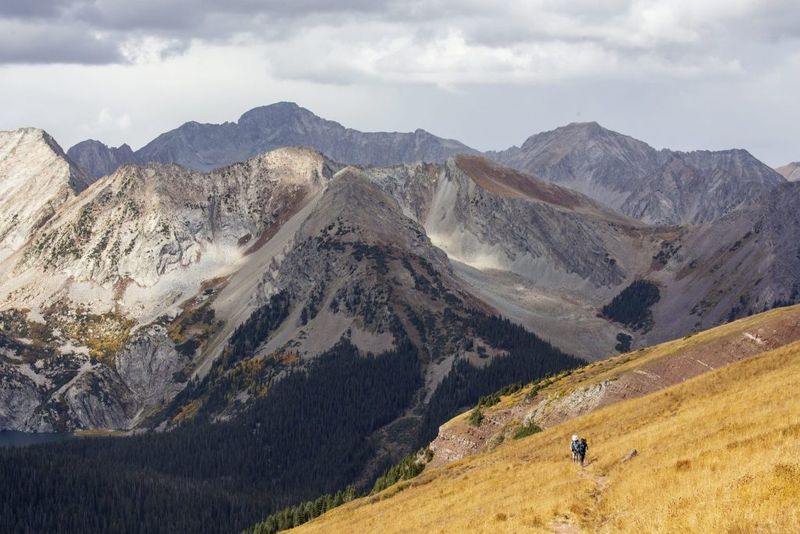
The Mile High City’s appeal has never been greater but with it comes trail erosion, traffic congestion, and a struggle to keep pace with demand.
The city’s craft beer scene and cannabis tourism attract millions who overwhelm downtown areas and popular neighborhoods. Parking becomes impossible during peak seasons, while traffic congestion affects daily life for residents.
Housing costs have skyrocketed as short-term rentals cater to tourists seeking authentic Colorado experiences. Local outdoor recreation areas suffer from overuse and pollution. The authentic Western culture that attracted visitors is being commercialized and packaged for tourist consumption, losing its genuine character in the process of meeting demand.
16. Honolulu, Hawaii
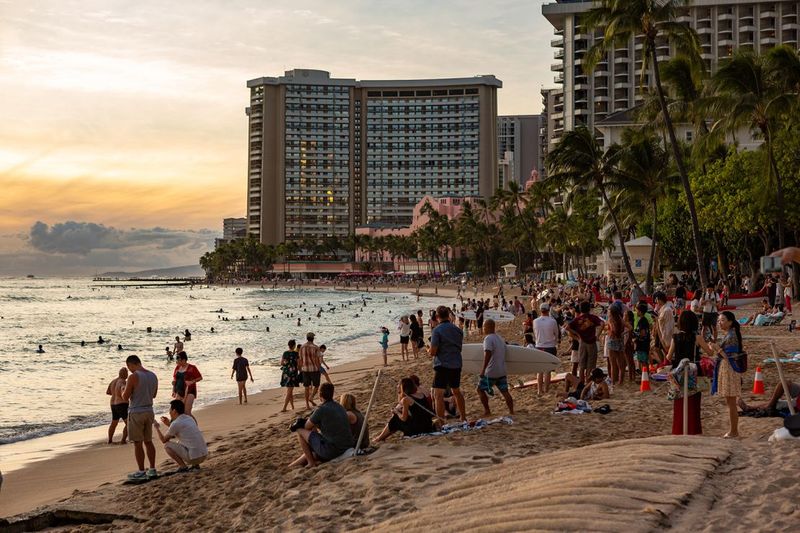
While Honolulu offers postcard-perfect scenery, the overwhelming crowds especially on Waikiki Beach often make it hard to connect with the island’s natural beauty.
The city’s infrastructure struggles with tourist volume, from overwhelmed airports to traffic-clogged highways. Water and waste systems face constant pressure from visitor demands that far exceed local population needs.
Native Hawaiian culture risks being reduced to tourist entertainment rather than respected as a living tradition. Housing costs have become prohibitive for locals as properties convert to vacation rentals. The islands’ fragile ecosystems suffer from pollution and overuse, while authentic Hawaiian businesses struggle to compete with tourist-focused chains that prioritize profit over cultural preservation.
